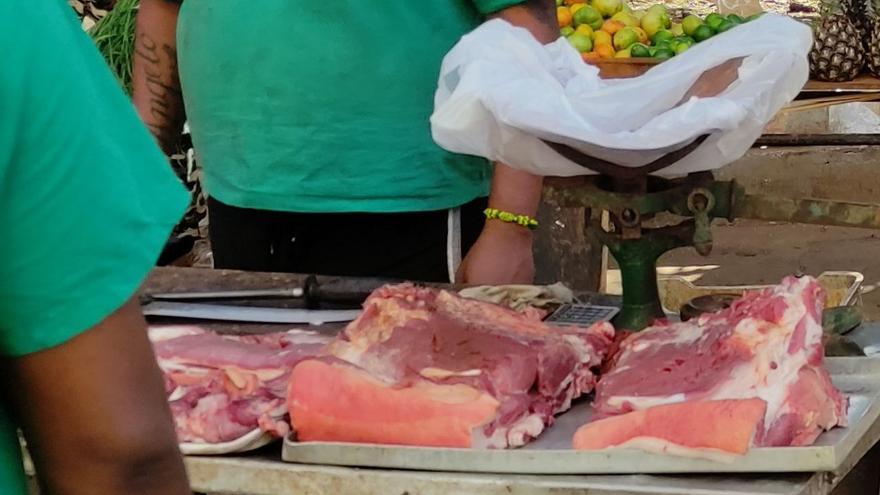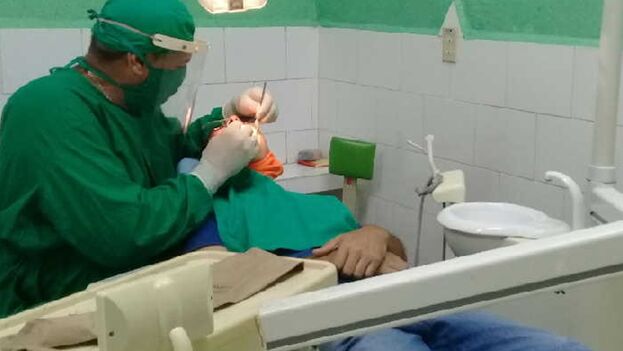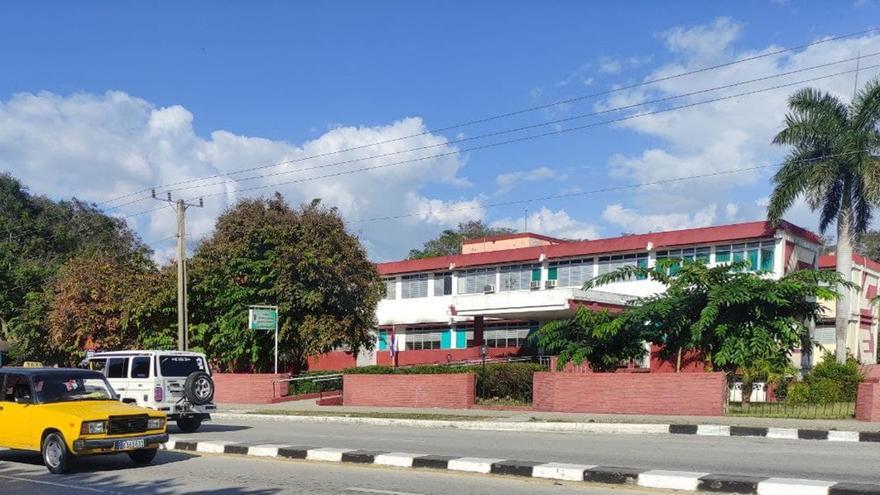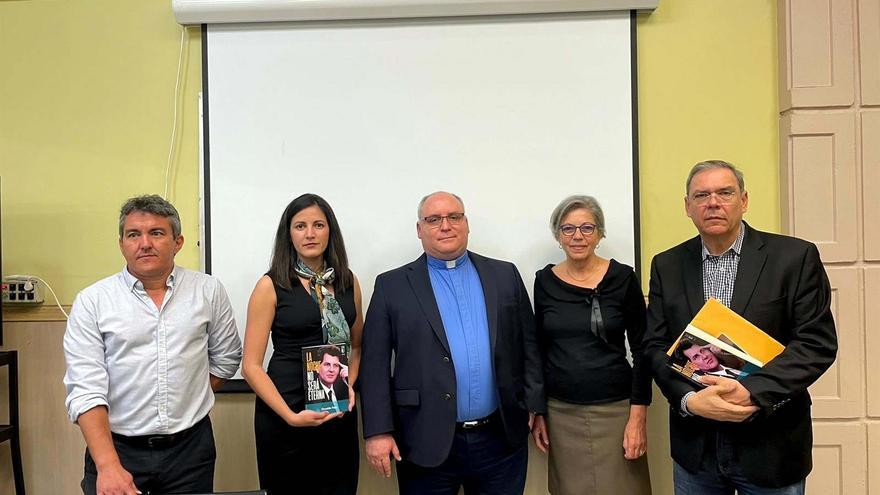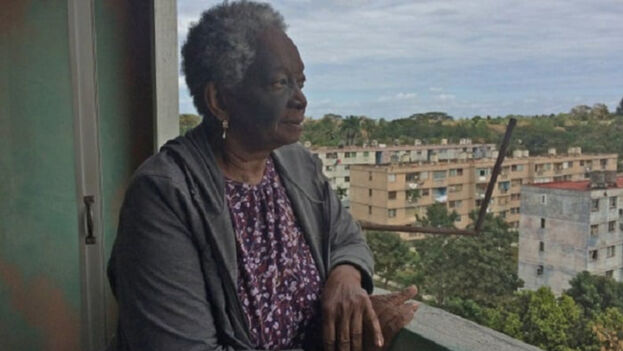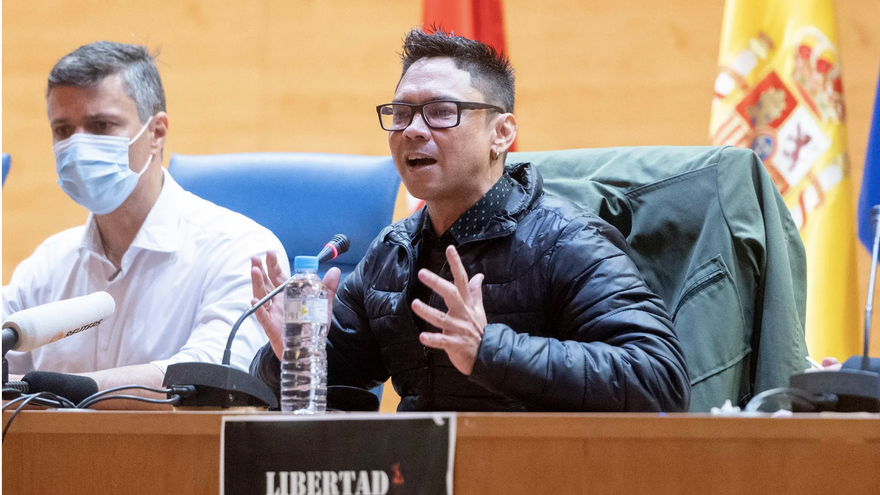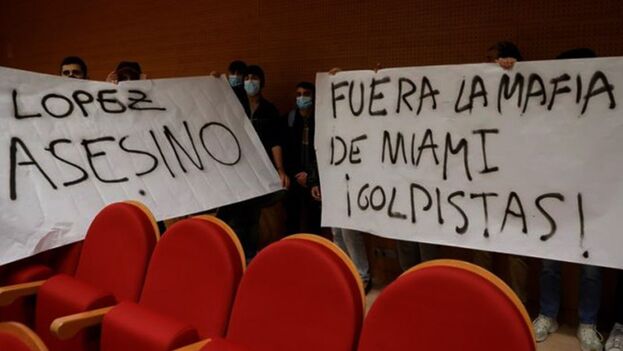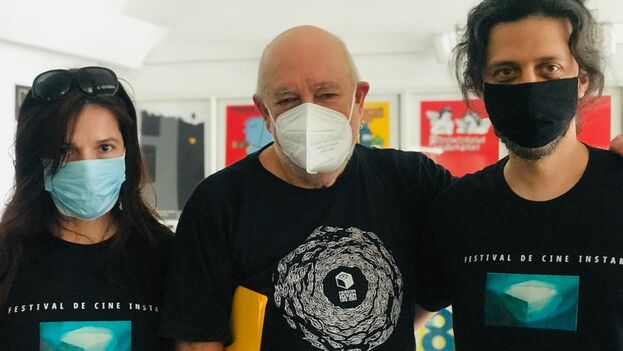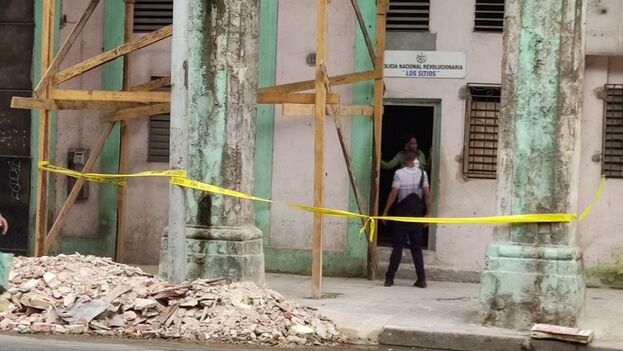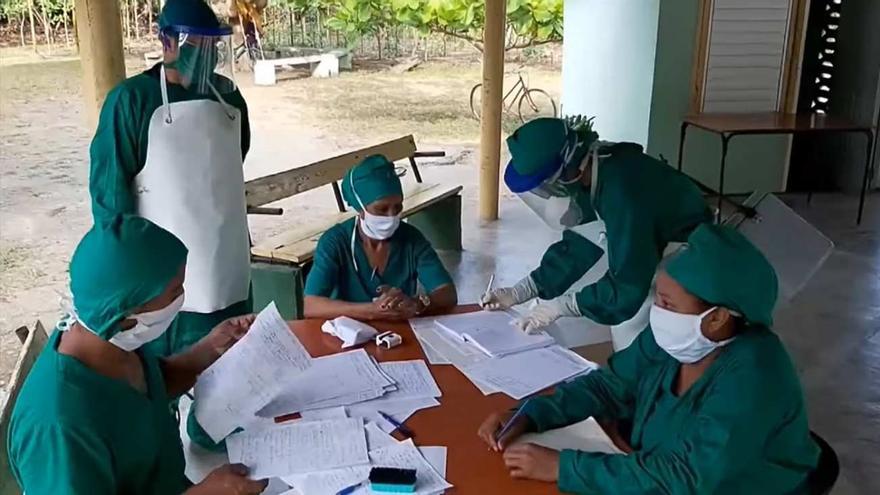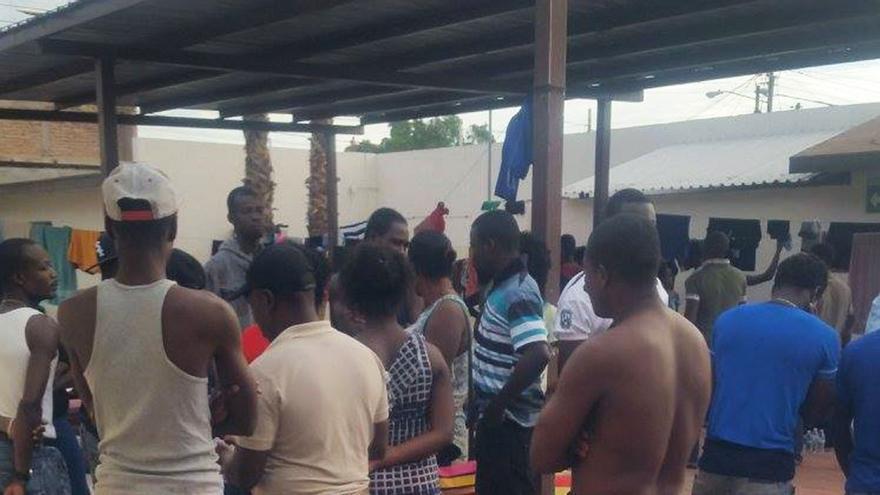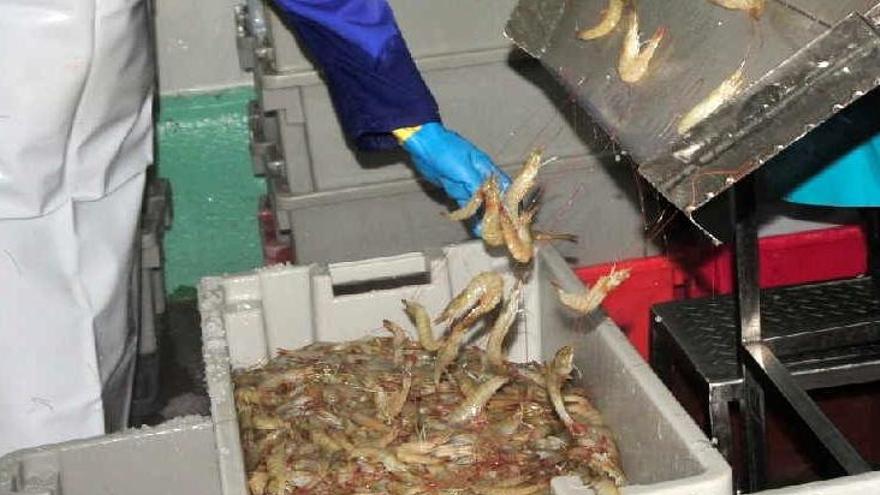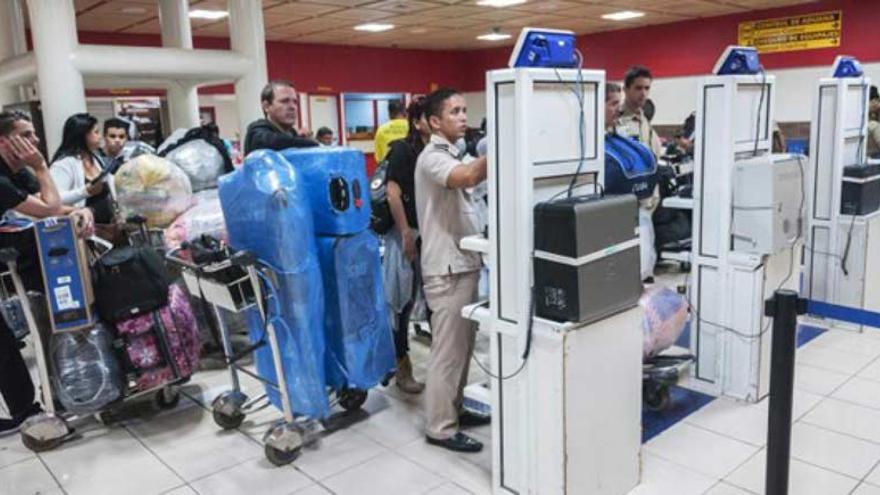
![]() EFE/14ymedio, Miami, 15 December 2021 — The Cuban journalist Carla Colomé, exiled in the United States, who works for the independent digital El Estornudo and People magazine in Spanish, is the first winner of the International Prize for Young Journalism in the Vargas Llosa-Atlas Network Chair. She received the prize for her reporting on the July 11 protests in Cuba.
EFE/14ymedio, Miami, 15 December 2021 — The Cuban journalist Carla Colomé, exiled in the United States, who works for the independent digital El Estornudo and People magazine in Spanish, is the first winner of the International Prize for Young Journalism in the Vargas Llosa-Atlas Network Chair. She received the prize for her reporting on the July 11 protests in Cuba.
The winner of this award, endowed with $10,000, was announced during a dinner held on Tuesday in Miami at the end of the Liberty Forum, in which the writer Mario Vargas Llosa participated.
The jury, chaired by Cuban writer and journalist Carlos Alberto Montaner , decided to award the award to Colomé, 31, for an exclusive report for El Estornudo entitled July 11 in San Antonio de los Baños: What is seen / what is not seen, published on on 22 July 2021.
Colomé did not hesitate to express her joy at having received the award. “No one asked me, but I want to dedicate this award to all the Cuban children imprisoned on July 11,” the journalist wrote on her Facebook wall. “There are the complaints of the mothers driven crazy by their children. There are the photos of detainees with such young faces, for whom life has not yet flowed.”
The award, says Colomé, “as Cuban independent journalists know well, is an achievement for those of us who create that press. A persecuted, besieged, beaten press.” Regarding the magazine El Estornudo, which hosted the publication and with which she has collaborated for five years, she denounces how the Cuban government have tried to silence the publication: “Like a hydra, they cut it off and other bodies are born. Our journalists have been forced to renounce the magazine, they have been interrogated, persecuted, detained.” continue reading
The journalist also mentions that such an award is also an achievement for all those who do journalism outside the island. “When I left Cuba to study in Mexico, people were leaving and very few continued to do journalism abroad. People cut corners with the journalism that was done on Cuba, and looking for other jobs, much lighter, with fewer problems and better paid,” she says, while adding that “has already changed a bit, due to the number of journalists who had to leave.”
“Most of my work as a Cuban journalist has been outside of Cuba, and it is normal that this is the case, because every day Cuba is more outside of Cuba. Cuba is in Miami, at the Palacio de los jugos. Cuba is in the rumba from New York. Cuba is in the tastiest beans I have ever eaten in Madrid. Cuba is in the refugee camps of Serbia. Cuba, sadly, is in the Darien jungle. Cuba is in the Straits of Florida. Cuba is where they go to buy clothes from Russia or Guyana. That’s how I like to see it and that’s how it is,” the journalist also expressed.
Colomé, who was born on July 11, set out to find out in her report where and how the spark of the protests that shook Cuba with a message of change was set off.
She discovered that a Facebook group called La Villa del Humor had been the initiator of the demonstrations. “The Internet — expensive, restricted as we know — has completely changed the reality of Cuba,” Colomé told People in Spanish. “What happened is one sample of this. If there had been no internet in Cuba, it (the massive demonstrations) would not have happened. That was the way people had to organize, congregate, meet,” she added in her interview.
To protect themselves from retaliation by the Cuban government, the administrators of this Facebook group “changed their profiles and had to take steps to take care of themselves,” she added. “Fear has not extinguished the hope that a democratic Cuba will soon be born. After this the government has unleashed a great repressive wave. There are still children in prison, mothers begging for the release of their imprisoned children, elderly people who went out to demonstrate, to support, or to film, and even those who filmed were imprisoned,” lamented Colomé.
“The repressive wave has been tremendous, it has been a big hunt on the part of the Government,” she stressed.
Colomé, who graduated in journalism from the University of Havana and received a master’s degree from the National Autonomous University of Mexico (UNAM), currently lives in New York and has also collaborated with media such as El País, Univision, Vice and Letras Libres, among others.
____________
COLLABORATE WITH OUR WORK: The 14ymedio team is committed to practicing serious journalism that reflects Cuba’s reality in all its depth. Thank you for joining us on this long journey. We invite you to continue supporting us by becoming a member of 14ymedio now. Together we can continue transforming journalism in Cuba.


